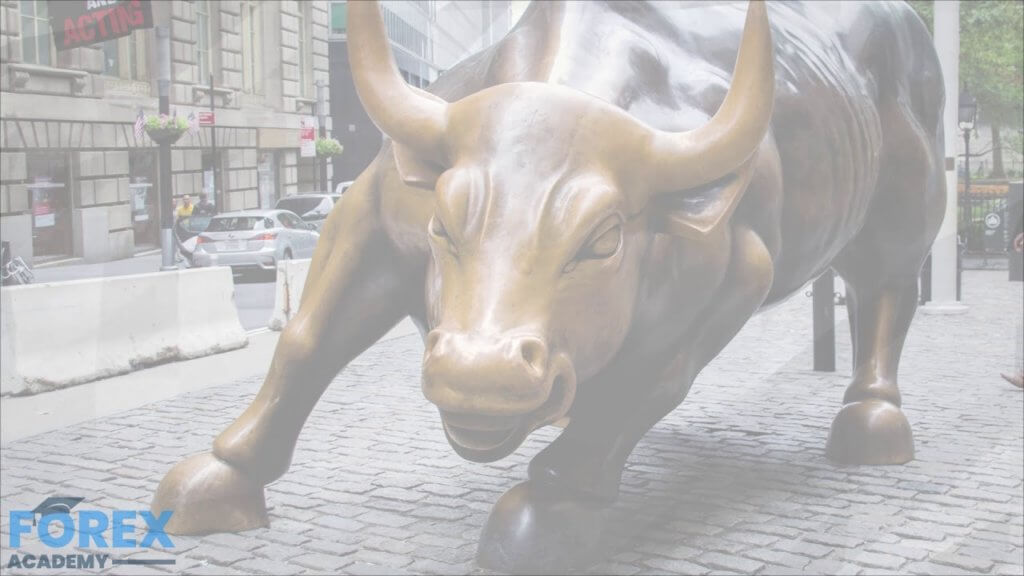Crypto market volatility – part 2
Last time we talked about what volatility is and how it is maturing in the crypto markets. We also talked about bad press and fraudulent activity that envelops the industry. Now, we will continue talking about what affects volatility and go more in-depth.
Market size VS. volatility
The cryptocurrency market has received a great deal of attention from both profit-seeking traders and technology supporters. However, the market as a whole is still quite young and not as big as it can be. If we take a further look at its size, it cannot even be compared to traditional markets. It is a fact that the market size does affect volatility significantly.
Small markets allow smaller investors to influence the price both ways in a greater way. Broader markets, on the other hand, handle bigger market orders with ease and without much of a price impact. However, the overall size of the crypto market on top of overleveraging greatly affected its volatility.

Liquidity is directly tied to the market size as well as market order size. Liquidity can be defined as the ease or difficulty of buying or selling an asset on a specific market at a certain price. Liquidity is often directly tied to the market volume, as more market makers provide bigger liquidity. If more people traded cryptocurrencies, cryptocurrencies would be more stable price-wise. However, the crypto market in its current state is not as liquid as it should be to support large market orders or possible market manipulations that occur. If we take a look at the altcoins market individually, we can come to the conclusion that they are tiny when compared to the Bitcoin’s market, let alone the individual fiat currency markets. Low liquidity markets often suffer from sudden and aggressive fluctuations in prices.
Market manipulation VS. volatility
When talking about liquidity problems of the crypto market, one has to mention the market manipulation that occurs. There is a way to influence the price and sway it in the desired direction by controlling the market sentiment. Traders with large enough capital can utilize such a strategy to influence the cryptocurrency market. This is colloquially called “spoofing.”
Spoofing is basically listing a big buy or sell order with no intention of it going through. Its sole purpose is to show up on the market order panel as a “wall” of buyers or sellers. This alone will affect the market sentiment in the short term, which is just enough time for the profits to be made. This way, the whales can guide the price whichever way they want. When the market participants acknowledge the large-sized position, the price moves the opposite way. As soon as the move in the other direction starts, the order is taken down.

Speculation VS. volatility
As the crypto market is still immature, and investors have no real price to anchor to, the market is mostly driven by speculation. Typically, we can determine the value of an asset by its utility and adoption (and various other factors), but crypto markets are currently not operating that way. Speculation is the main thing that extends the trend up or down. Therefore, the only way to invest in any cryptocurrency is to speculatively bet on its future use cases, adoption, and traction.
Markets guided by speculation are, in every single case, recorded so far, volatile by nature.
Lack of institutional investors VS. volatility
A survey done by Fidelity Investments shows that 22% of surveyed institutional investors already purchased cryptocurrency in some quantity. If this survey can be translated to the institutional interest as a whole, crypto markets can be proud to show a remarkable increase from near-zero institutional investment in 2016 to the current numbers. However, the funds invested by the institutional investors are negligible compared to how much they invest in traditional markets.
Even though institutions are increasingly more interested in crypto, lack of proper guidelines, and transaction mediums such as ETF’s made it harder for them to get ahold of a large amount of cryptocurrencies. As time passes, institutions will undoubtedly dip their toes in cryptocurrency markets on a larger scale.
As the market lacks institutional investors, price stability is lacking, as well. Institutions are often using trading algorithms to perform trades for them, which in turn increase the liquidity as well as the stability of the markets.

Misconceptions on volatility catalysts
Many little things influence the crypto market volatility. No one can calculate the impact of any single factor. However, we often see some misconceptions when talking about which factors do have an effect on the market. Some factors are portrayed as much more significant just because they are eye-catching.
One such factor is the lack of regulation and how it affects the volatility of the markets.
Lack of regulation VS. volatility
The crypto market is not regulated by any government or institution. However, this lack of regulation does not affect the volatility of the market itself. People often connect high volatility with the lack of regulation, which is not correct. Cryptocurrency markets are self-regulated by the consensus. They require no government regulation to operate efficiently. However, they could use the government’s approval, which will probably never happen as crypto can be considered a direct competitor to fiat currencies.
Is market volatility even that good?
After understanding which factors affect the volatility of the cryptocurrency markets, people are mostly unsure whether increased volatility is a good thing after all. Volatility represents different things to different kinds of investors. We can look at it from two major standpoints:
The trader’s perspective.
The investor’s perspective.
The trader’s standpoint says that the volatility is quite good as long as the markets are liquid enough. The level of volatility considered useful varies depending on the person’s risk tolerance. A risk-averse individual would avoid high-volatility trades as they value stable investments more. However, cryptocurrency traders are considered to be risk-takers in most cases.
An investor, however, might consider volatility as a bad thing when it reaches a certain threshold, which is extremely low when compared to one of the retail traders. An investor wants to preserve their wealth rather than turning a quick profit. Also, investors are mostly here in the long run because they support the underlying technology.
Conclusion
Cryptocurrencies are a fairly young asset class, and its concepts are already revolutionizing the world we are living in. However, until full adoption happens, the cryptocurrency markets remain volatile.






